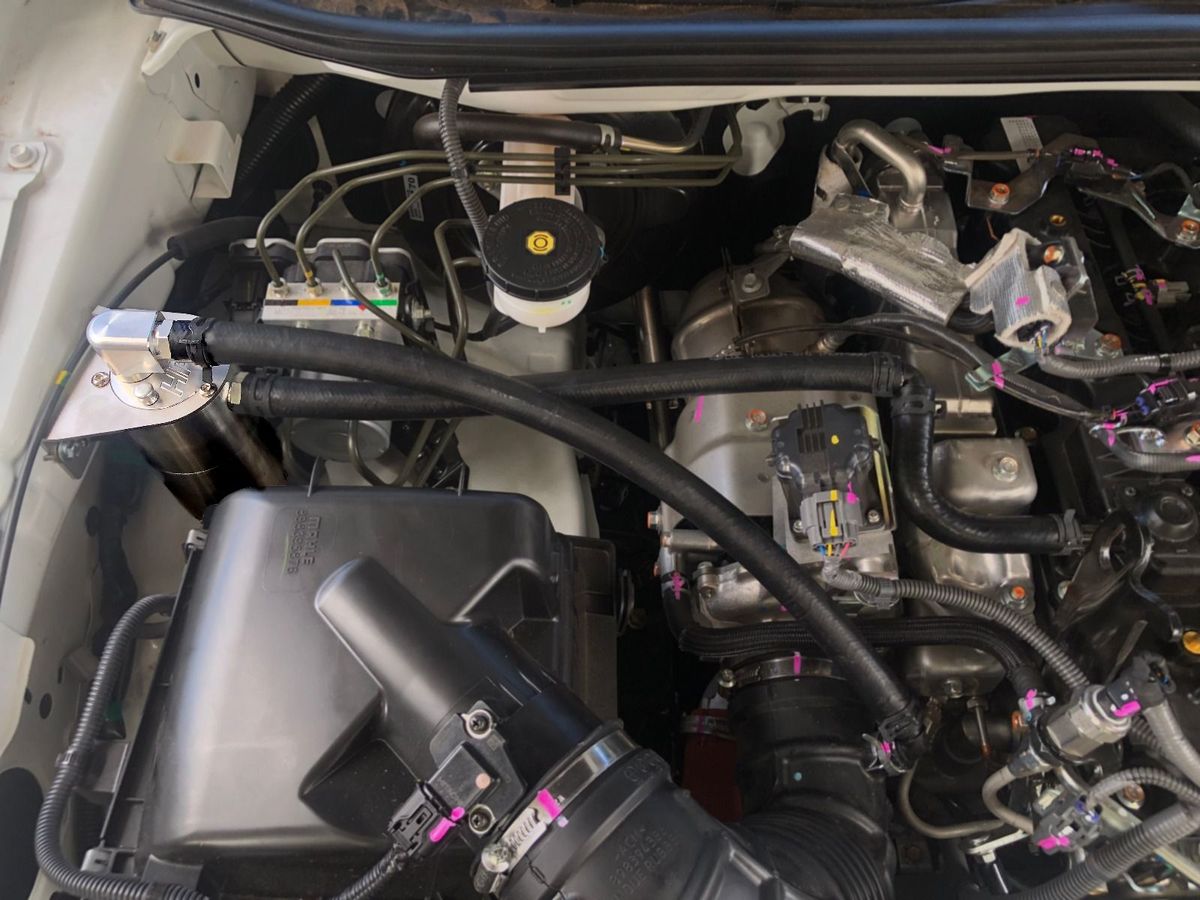Let’s be real: EGR (Exhaust Gas Recirculation) systems are a love-hate thing in the car world. They’re supposed to help reduce NOx emissions by feeding a bit of exhaust gas back into the engine to cool the combustion.
Sounds noble, right? The problem is, they’re often just troublemakers. One minute your ride’s cruising fine, next thing you know, boom—check engine light, limp mode, and you’re stuck Googling what a P0401 code even means.
But here’s the weird part—not all EGR systems are built equal. Some are shockingly low-maintenance and behave like the responsible adults of emission systems. Others? They throw tantrums like toddlers on a sugar crash, constantly triggering warnings, codes, and ruining your day.
In this article, we’ll break it down. Five EGR systems that rarely throw a code—they’re the “quiet achievers” that don’t make life hell for their owners. Then five systems that are basically code factories, making you wonder why anyone thought this tech was a good idea in the first place.
If you’re a car owner, mechanic, or just someone trying to keep their ride drama-free, this one’s for you.
ALSO READ: 5 Rear Axles That Stay Aligned and 5 With Recurring Failures
5 EGR Systems That Never Trigger Codes
1. Toyota 2.4L (2AZ-FE) EGR System
Toyota’s 2.4L engine in Camrys and RAV4s? Boringly reliable—and that’s a compliment. The EGR system here is simple, old-school, and mechanical enough to keep things predictable. No wild vacuum leaks, no mysterious electrical failures. Toyota didn’t overcomplicate it with sensitive sensors or fragile connectors.
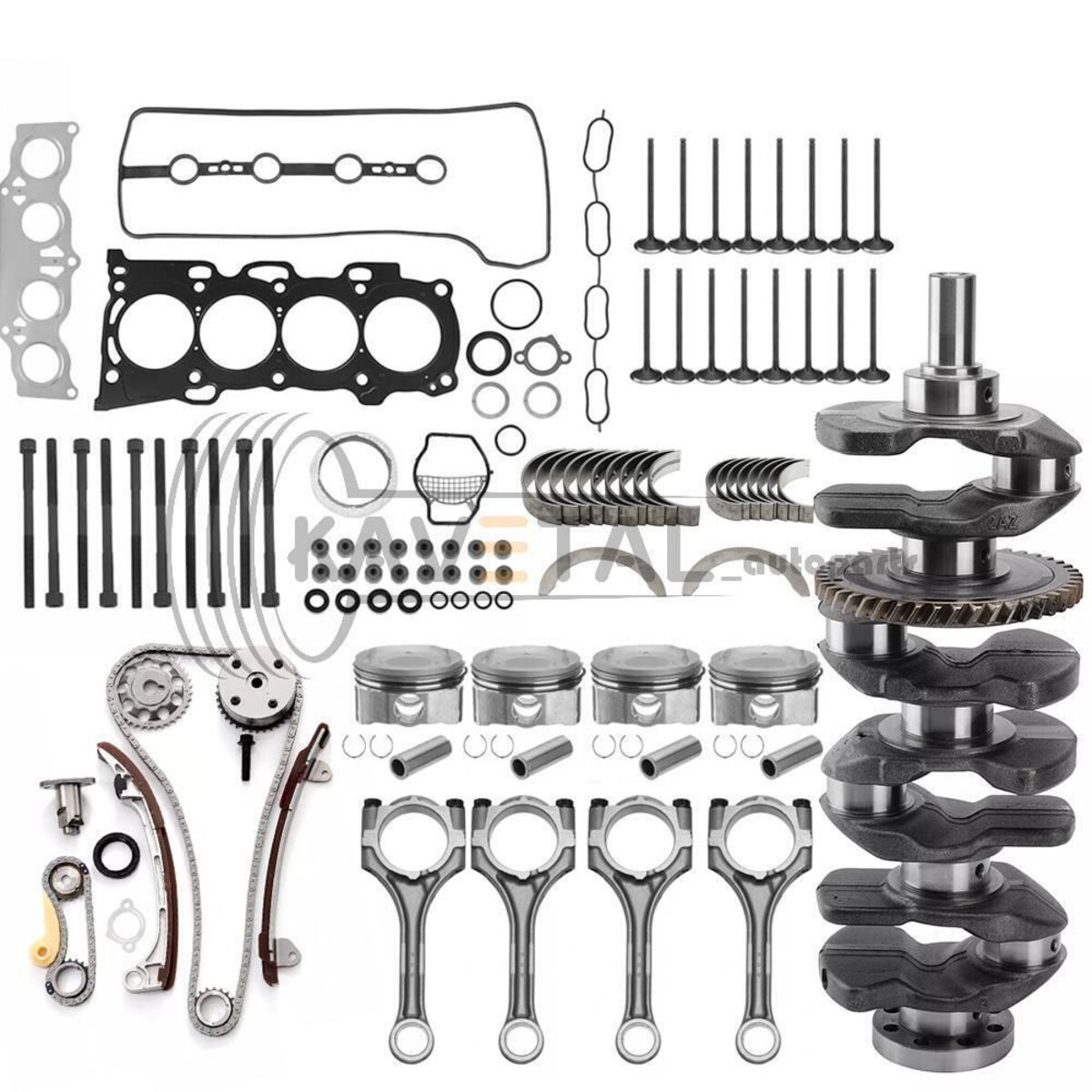
It helps that the engine itself runs clean, so carbon buildup doesn’t become a frequent issue. Even when these systems do get dirty, the ECU doesn’t start screaming right away. It gives you time.
Also, the parts are cheap, easy to replace, and available everywhere. Mechanics love this one because it rarely comes in for EGR-related issues. And when it does, it’s a quick fix.
If you’re looking for an EGR system that doesn’t keep lighting up your dash, Toyota’s 2AZ-FE is a poster child. The only time you’ll see a check engine light is when something major’s gone wrong—or when you forgot to tighten your gas cap.
2. Honda K-Series (K20, K24) EGR
Honda’s K-series motors are known for VTEC screaming up top, but let’s not overlook the EGR system—especially in K20A3 and K24A4 variants found in Accords and CR-Vs. These EGR valves are durable, clean-burning, and surprisingly quiet in terms of triggering warnings.
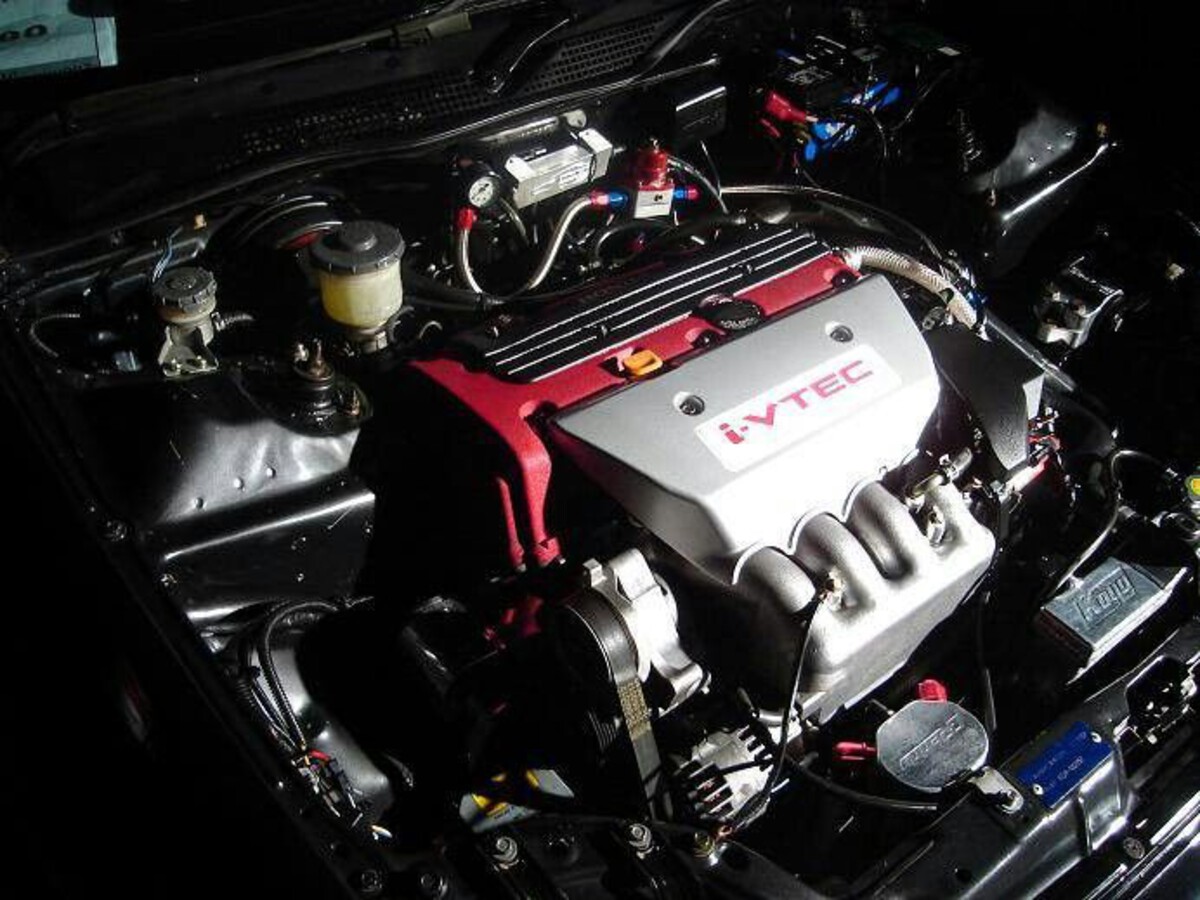
What’s Honda’s secret sauce here? It’s mostly in the way they integrate EGR with smooth intake flow and less soot-prone combustion. Plus, these systems usually have just the right sensor sensitivity—not too touchy, not too numb. They don’t go code-happy unless something’s genuinely wrong.
Another bonus: the ports don’t clog as much as they do in other systems. Honda thought ahead with decent passage sizes, so you’re not spending your weekends with a pipe cleaner and carb cleaner trying to get carbon chunks out.
People driving these cars regularly rack up 200,000+ miles and never hear a peep from the EGR. If you’re into Hondas, the K-series is a low-drama choice. Reliable, efficient, and not a code-throwing maniac.
3. Ford 4.6L Modular V8
Say what you will about Ford’s old Modular 4.6 V8s in Crown Vics, Mustangs, and F-150s—they might be dated, but their EGR systems? Bulletproof. These EGR setups are built tough, with vacuum-controlled valves that just work. They’re easy to reach, easy to clean, and most importantly, rarely fail in a way that throws a code.
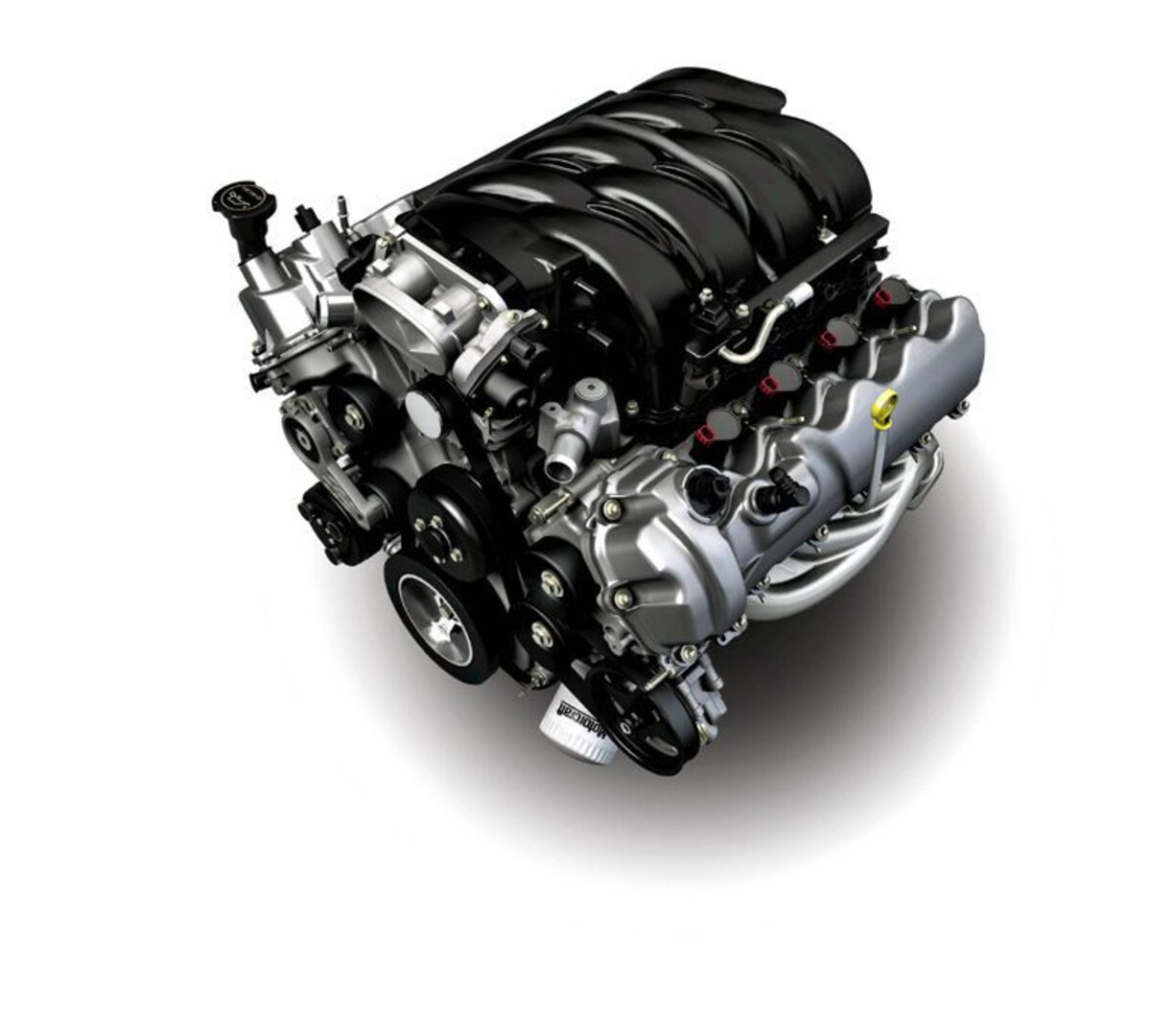
Part of the reason they stay clean is because these engines are often paired with drivers who don’t baby the throttle. A harder-driven engine keeps the EGR passages clear. No gunk, no clogging, no drama.
Also, Ford didn’t try to reinvent the wheel. No fancy sensors that fail when you look at them funny. Just a straightforward EGR valve, a DPFE sensor (yeah, even that one is solid here), and a basic vacuum system. When it fails, you know exactly why, and it’s a five-minute fix.
If you’re someone who likes wrenching on your car and avoiding random check engine lights, this setup is like a best friend—no surprises, no chaos.
4. Chevy LS1/LS6 EGR Systems
The early LS motors—like the LS1 in the Corvette and LS6 in the CTS-V—came with EGR systems that, believe it or not, weren’t as annoying as you’d expect. These were designed with performance in mind, but GM didn’t skimp on reliability.
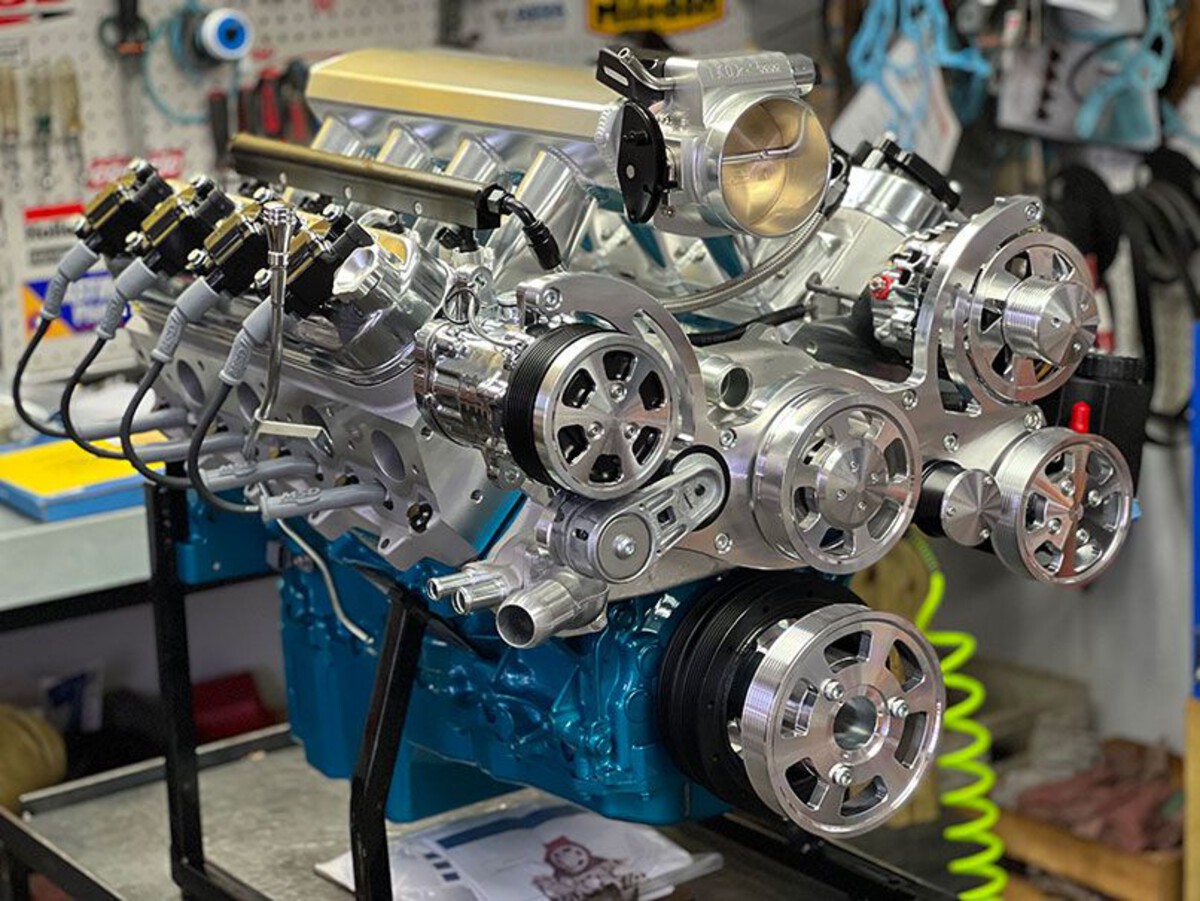
The EGR valves used in these engines are beefy and less prone to electrical failures. More importantly, the engine’s overall design—high flow, high efficiency—means combustion is already on the cleaner side. That means less soot and gunk getting into the EGR passages, so there’s less buildup and fewer issues over time.
Tuning culture also plays a role. A lot of LS owners disable or delete the EGR system altogether, but the ones who keep it stock usually don’t complain. These systems just chug along quietly.
For a performance engine, the LS1/LS6 EGR setup is one of those rare blends of power and reliability. If it does throw a code, odds are it’s because you messed with the wiring, not because the valve failed.
5. Mazda 2.0L MZR EGR
Mazda’s 2.0L MZR engine, used in the Mazda3 and Ford Focus (when Mazda still supplied the design), features a surprisingly chill EGR system. It’s electronically controlled, yes, but it’s well-calibrated—not the twitchy, oversensitive type.

These engines burn clean and don’t clog the EGR channels quickly. Plus, Mazda made sure the ECU wasn’t set to panic at the first whiff of minor deviation. That gives you a buffer before anything throws a code.
Also worth noting: Mazda designed the EGR valve to sit in a relatively accessible spot, making inspection and replacement way easier than in other, cramped engine bays. That alone lowers the chance of breaking connectors or wires during routine maintenance.
Overall, this EGR setup rarely makes the owner’s life miserable. Smooth, stable, and if something does go wrong, it’s usually a cheap and fast fix. Can’t really ask for more.
ALSO READ: 5 Dashboards That Stay Solid After Years and 5 That Crack Like Paper
5 EGR Systems That Always Throw Warnings
Ford Powerstroke’s EGR loves clogging up; VW TDI sensors glitch often; Dodge Cummins faces stuck valves; GM Duramax constantly battles soot buildup; Jeep EcoDiesel? Forever flow issues. If you own one of these, get ready — that dashboard warning light is your new best friend.
1. VW/Audi 2.0 TDI EGR
Let’s start with the king of headaches: VW’s 2.0 TDI EGR systems. These things are carbon magnets. Between soot from the diesel engine and tight exhaust flow, EGR valves clog fast. Like, embarrassingly fast.
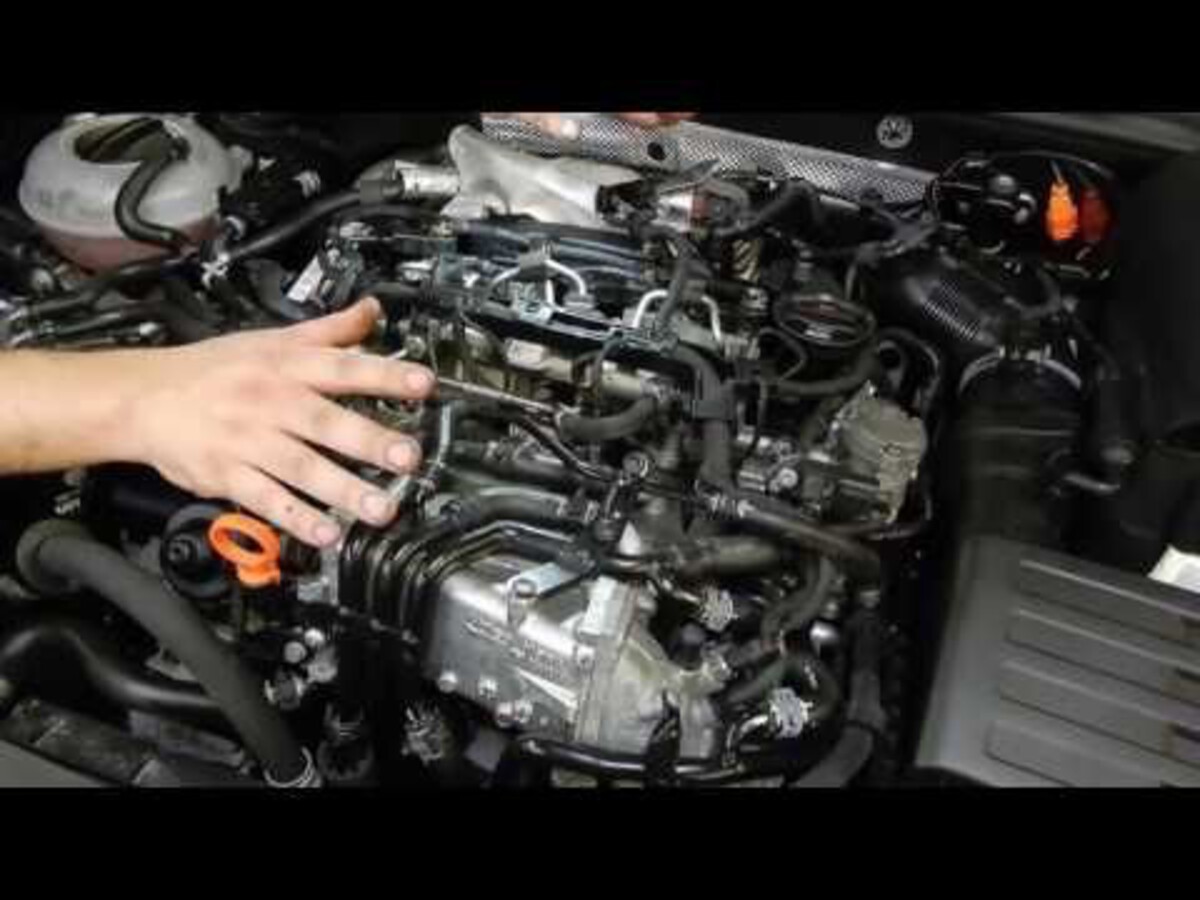
Not only that, but the sensors in this system are overly sensitive. A bit of carbon buildup? Boom—P0401. Tiny vacuum leak? Boom—P0402. Did a butterfly land on your intake? That’s a code now, too.
To make things worse, these systems are buried deep and tied into the DPF and intake manifold, so even a small issue often snowballs into bigger problems. Mechanics dread them. Owners either delete them or learn to live with their dash looking like a Christmas tree.
Even post-Dieselgate updates didn’t solve the issue—they just made the ECU more strict. So yeah, this one’s a code-happy mess.
2. Ford 6.0L Power Stroke EGR
This one’s infamous. The 6.0L Power Stroke’s EGR system is the stuff of nightmares. Early 2000s F-250 and Excursion owners know what’s up—constant overheating, blown head gaskets, and yes, EGR codes on repeat.
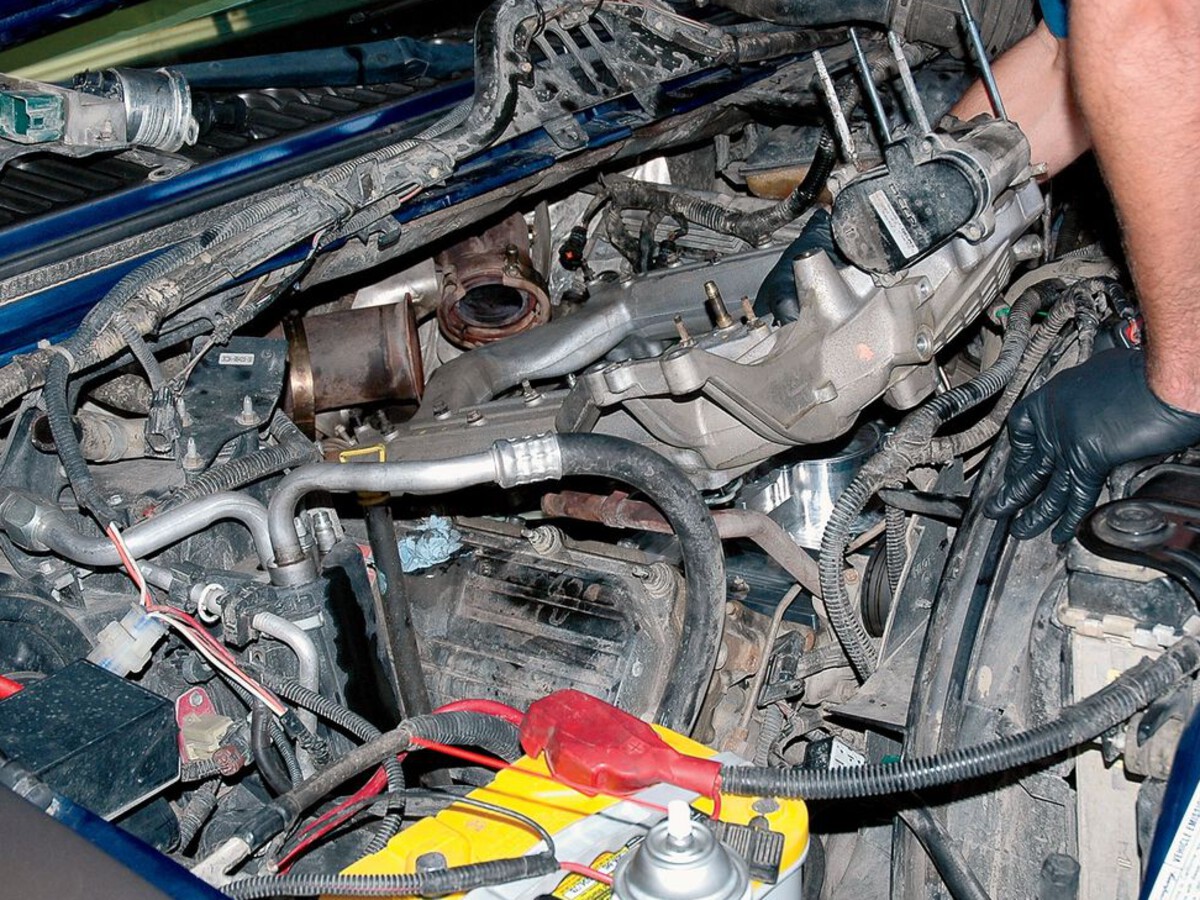
The EGR cooler, in particular, was a disaster. It clogs, leaks, and causes coolant to vanish without warning. You’ll see P0401 and P0402 constantly, even when nothing else seems wrong. The root problem? The EGR cooler can’t handle the thermal stress from the engine, leading to failure after failure.
And replacing it isn’t cheap. Most owners just delete the EGR entirely, even though it’s technically not emissions-compliant. They’d rather deal with that than keep throwing money into the EGR pit.
This system isn’t just code-prone—it’s a reliability killer. Ford eventually revised it in later models, but early 6.0s are forever tainted.
3. Chrysler 3.6L Pentastar EGR
Chrysler’s 3.6L Pentastar engine has a solid rep overall, but its EGR system? Not so much. This electronically controlled system tends to get clogged and suffer from sensor issues. The EGR valve itself isn’t bad, but the software is way too sensitive.
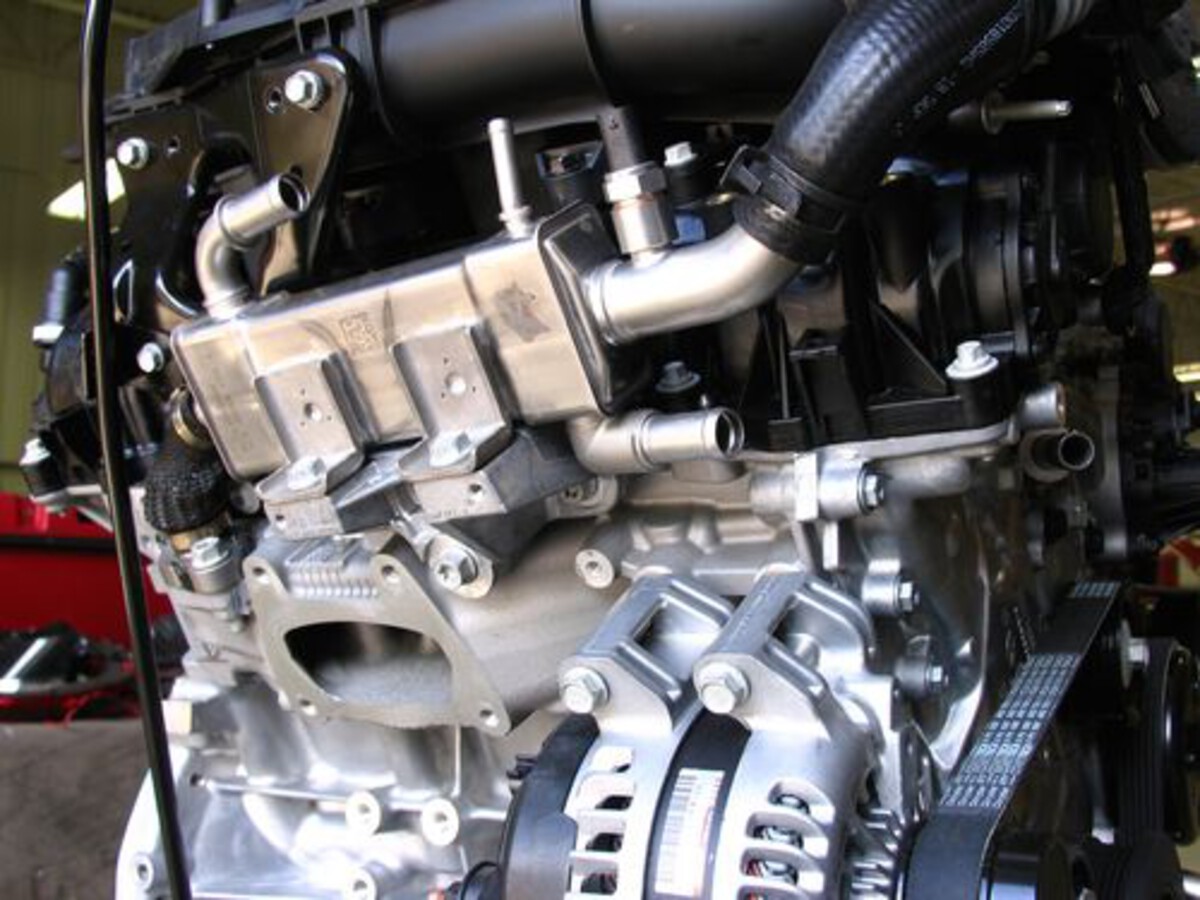
You’ll be cruising along fine, then suddenly get a P0403 or P0405 out of nowhere. No real driveability issues, but that check engine light just won’t go away. Even a slight misreading of the valve position triggers a warning.
What’s worse, repairs aren’t always straightforward. A new EGR valve doesn’t always fix the issue—sometimes it’s the wiring harness, sometimes it’s the ECU calibration, and sometimes it’s just Chrysler being Chrysler.
It’s frustrating, especially because it’s not even a performance engine where you’d expect finicky emissions parts. It’s a family-hauler minivan engine. Chill out, software.
4. GM 3.4L V6 EGR
Remember the old 3.4L V6 in early 2000s Impalas and Grand Ams? The engine was okay, but the EGR system was constantly acting up. The valve gets stuck, the passages clog, and it’s like the ECU lives to light up that check engine light.
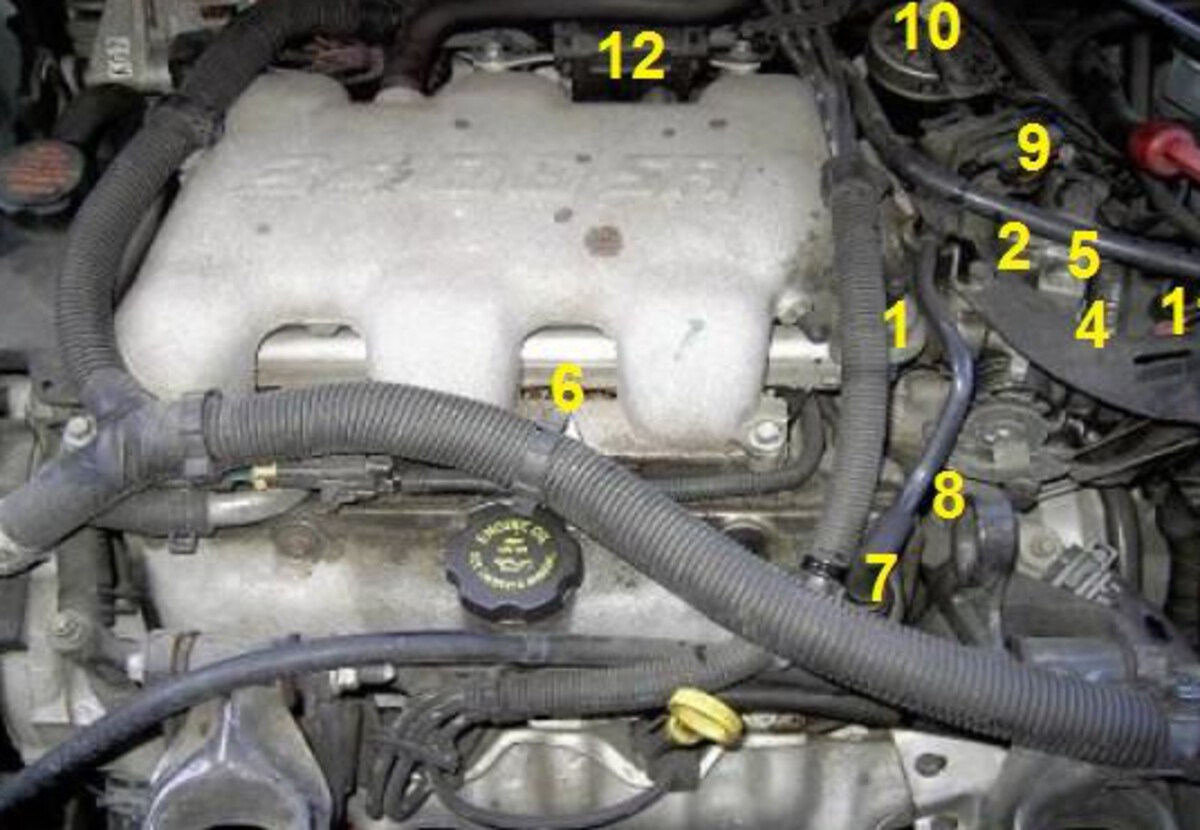
P0401 and P1404 were permanent residents on these cars. And the worst part? Cleaning it doesn’t always help. The EGR valve was designed in such a weird way that even a tiny bit of soot caused issues.
People ended up replacing the EGR multiple times over the car’s life, and still had problems. Not a performance car, not a luxury car, just a middle-of-the-road commuter with a code-happy EGR.
Mechanics still grumble when these roll into the shop.
5. BMW N47 Diesel EGR
BMW’s N47 diesel engine, found in a bunch of 1 and 3 Series models, has a high-tech EGR system that… just doesn’t work well in the real world. The EGR valve and cooler clog fast, especially in stop-and-go traffic. European city drivers know this pain all too well.
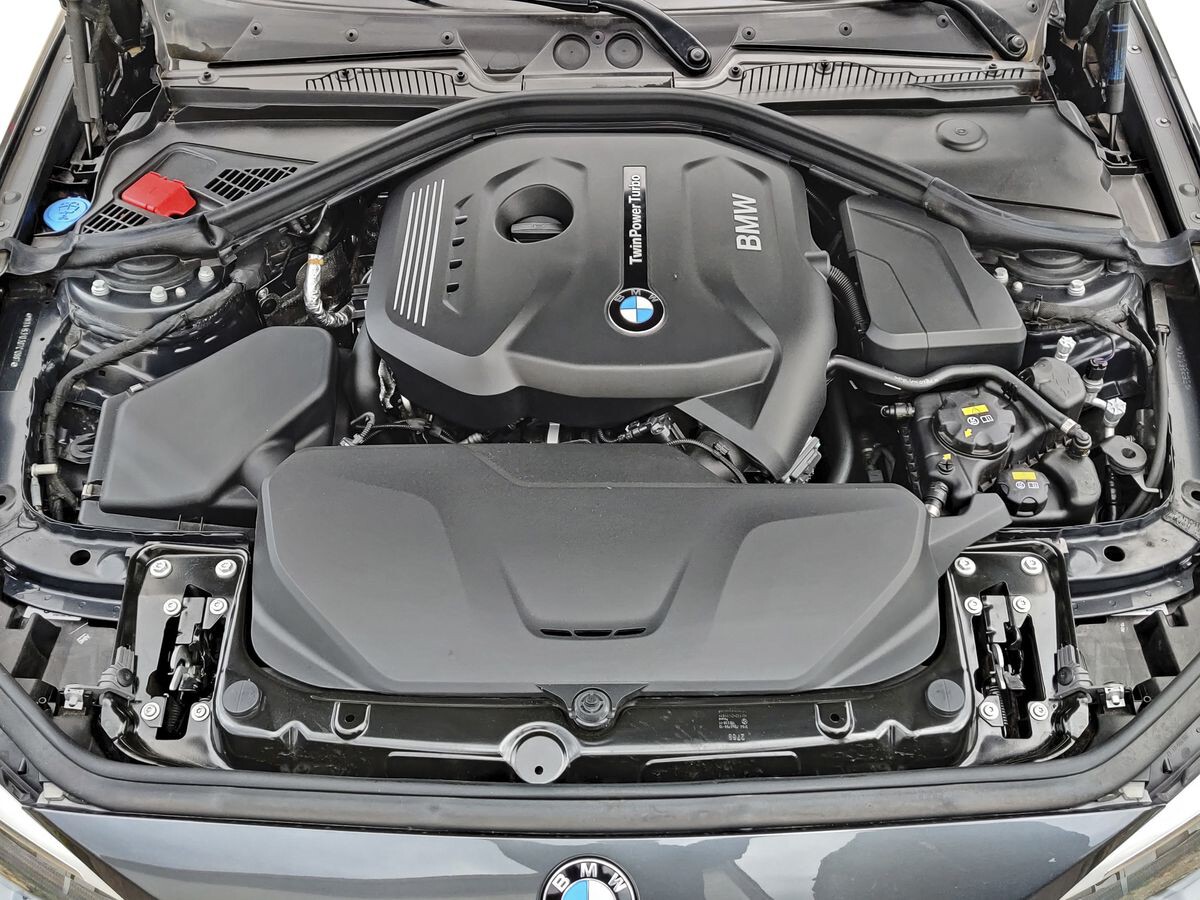
Codes like P0400 and P0401 pop up constantly, sometimes within 30,000 miles of new installs. BMW even issued recalls and extended warranties for EGR-related fires, so yeah—it’s bad.
It’s also expensive to fix. EGR cooler failures can lead to coolant loss and even engine overheating. Plus, everything is packed so tightly under the hood that replacing the cooler or valve is a labor-intensive nightmare.
Unless you’re doing long highway drives regularly, these systems choke fast. And once the codes start, they don’t stop. You clear them, they come back. Classic BMW—engineered beautifully, but built to frustrate.
Look, EGR systems aren’t going anywhere. They’re baked into emissions laws, and modern engines are designed around them. But let’s not pretend they’re all created equal. Some manufacturers get it right—simple, tough, and mostly invisible until the day it needs a cleaning. Others? They built time bombs that love to throw codes and leave you guessing.
If you’re buying used or wrenching on your car, it’s worth knowing which EGR setups are chill and which ones are drama queens. Toyota, Honda, and even some older Fords have proven that you can have emissions gear without constant check engine lights. Meanwhile, certain VW, BMW, and Chrysler systems still haunt owners years later.
At the end of the day, regular maintenance helps, but a bad design is a bad design. If you’ve got a code-happy EGR, don’t be afraid to clean it, check the wiring, or if you’re outside emissions zones, even consider an EGR delete (responsibly, of course).
And if you’re car shopping? Add “EGR reliability” to your checklist. Because one less thing to worry about means more time driving, and less time dealing with codes that don’t mean much but cost you a lot.

